
Antarctica – White Giants III
The first climb in Antarctica was made by physicist Louis Bernacchi and Carsten Borchgrevink at Cape Adare in Victoria Land in April 1899.

The first climb in Antarctica was made by physicist Louis Bernacchi and Carsten Borchgrevink at Cape Adare in Victoria Land in April 1899.

No longer directly on the continent of Antarctica, the ice-armored mountains of the subpolar islands must not be forgotten.
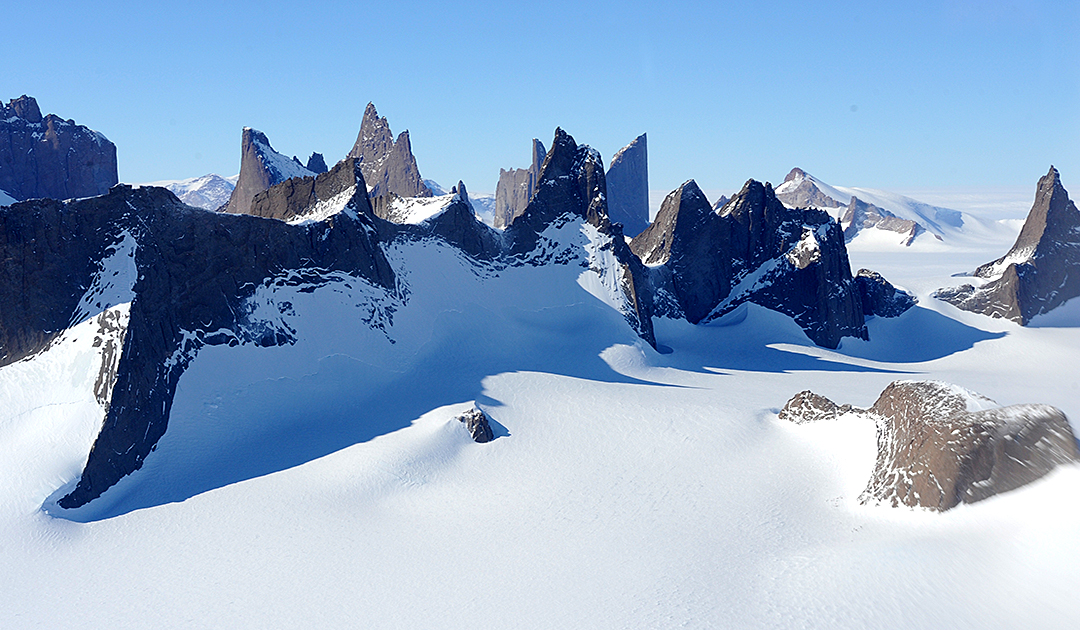
There are mountain trips that are unlike any other. In search of the most remote mountains on our planet, one inevitably comes to Antarctica at some point.
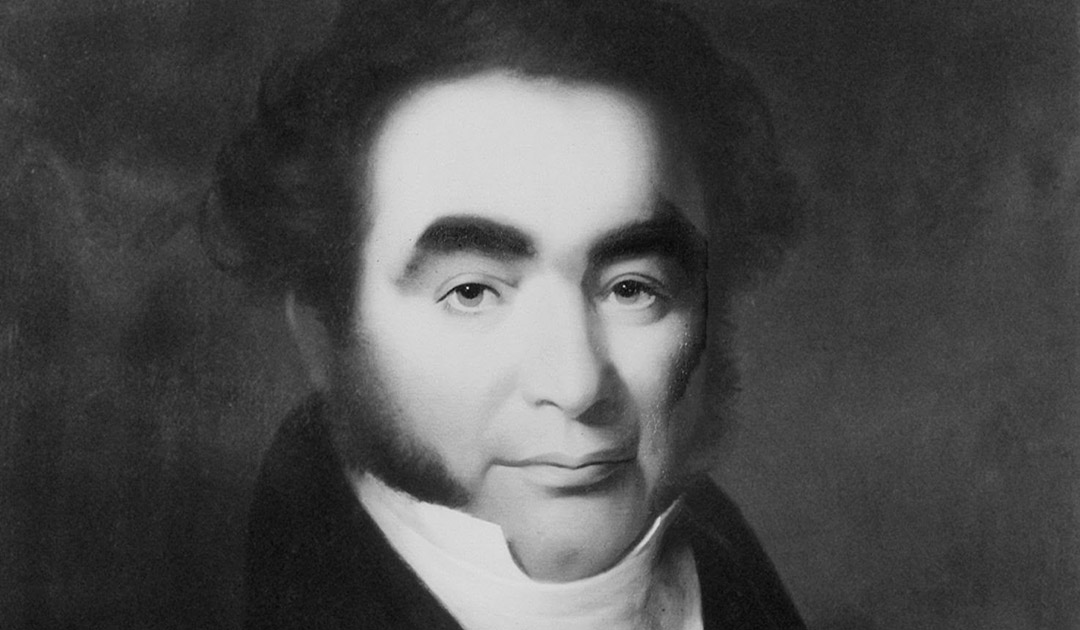
James Weddell was used to tricky situations. As captain of a sealing ship in areas that were still largely unexplored, it was all in a day’s work for him.
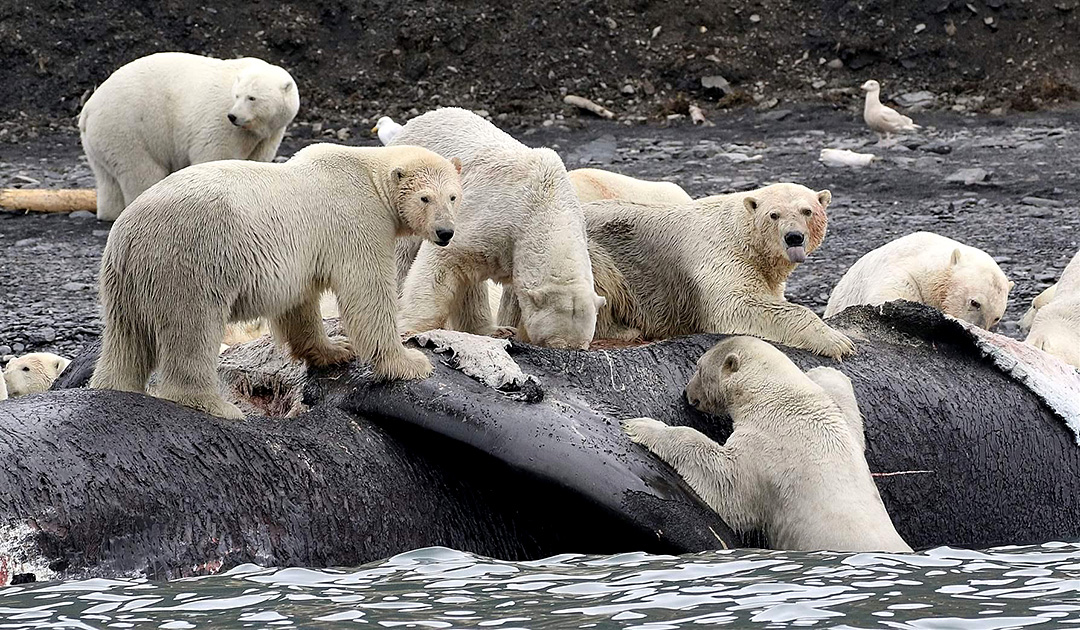
Although no living thing is spared from climate change, Arctic wildlife is the most vulnerable. The Earth is warming 2.5 times faster than other parts of our planet.
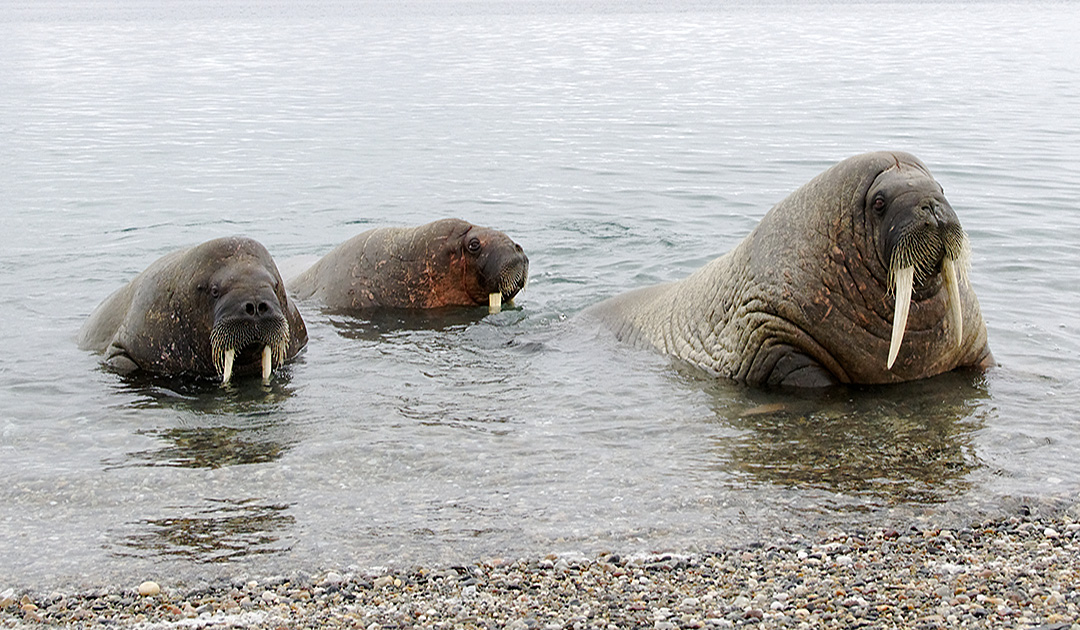
Walruses were once widespread in the Svalbard archipelago. But 350 years of unchecked hunting pushed them to the brink of extinction. Walruses have been protected since 1952.

But it needs anchoring to be sustainable
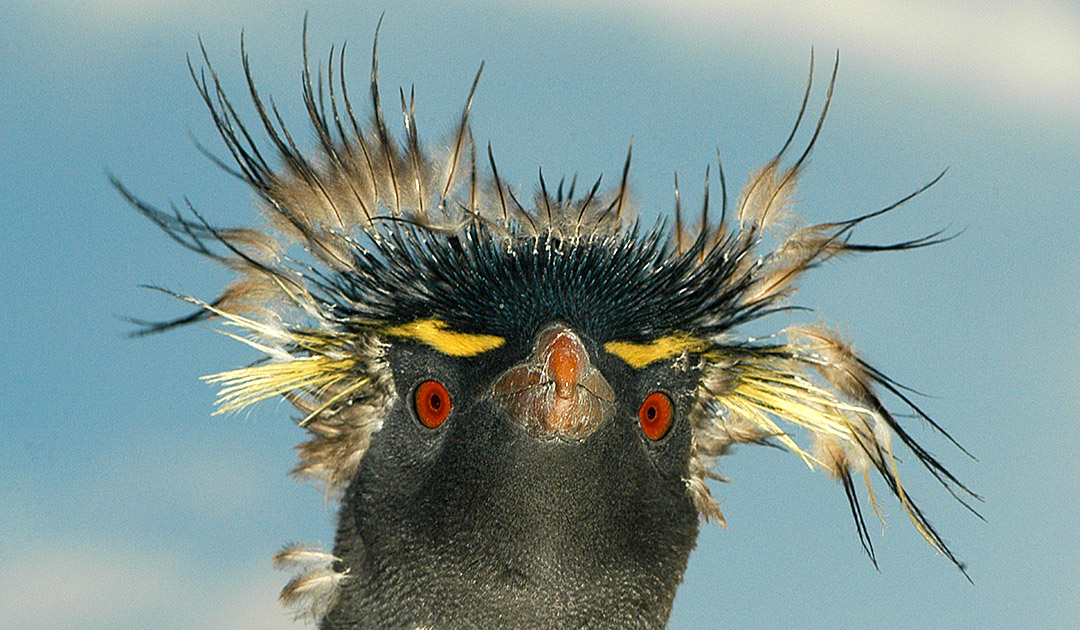
Rockhopper penguins know their way around steep terrain. New studies show that the little guys have a lot going for them in other ways, too.
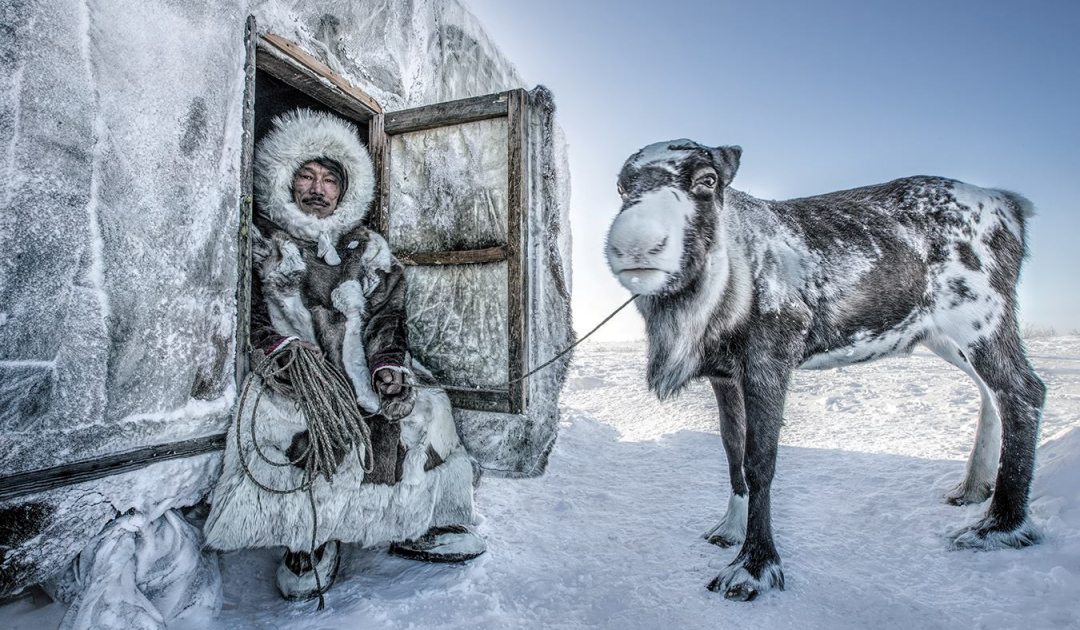
Within the framework of the exhibition “The World in Faces”, which was shown for a several months at the UN in Geneva, Russian photographer Alexander Khimushin told with his photos five living stories about rare Arctic representatives of indigenous peoples of Russia.
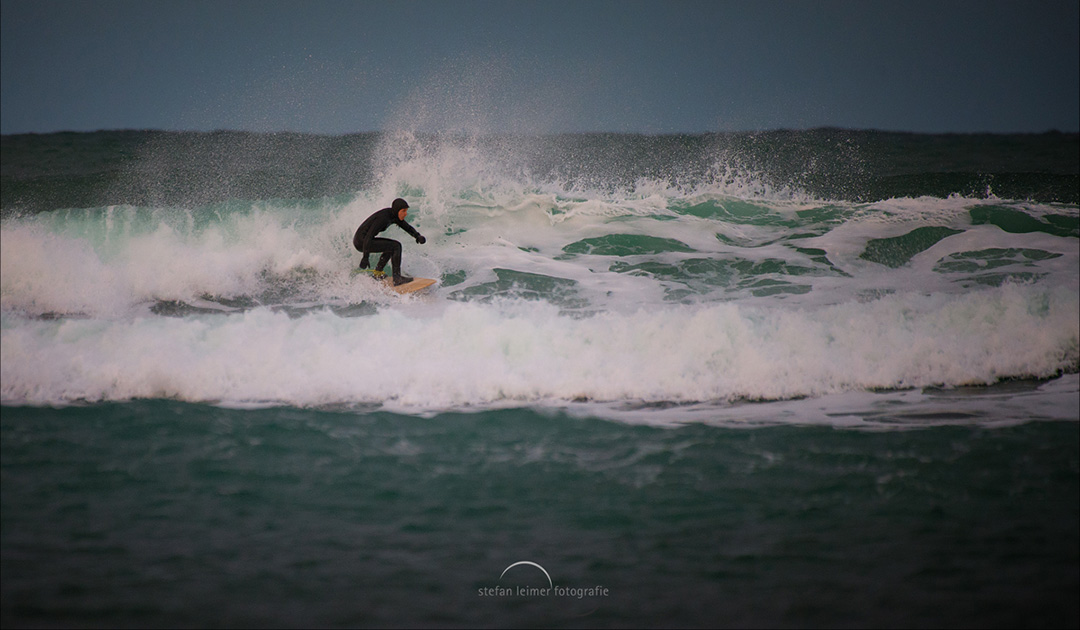
Besides the best conditions for various skiing sports, Norway has even more to offer for the hardcore – perfect waves for surfers.
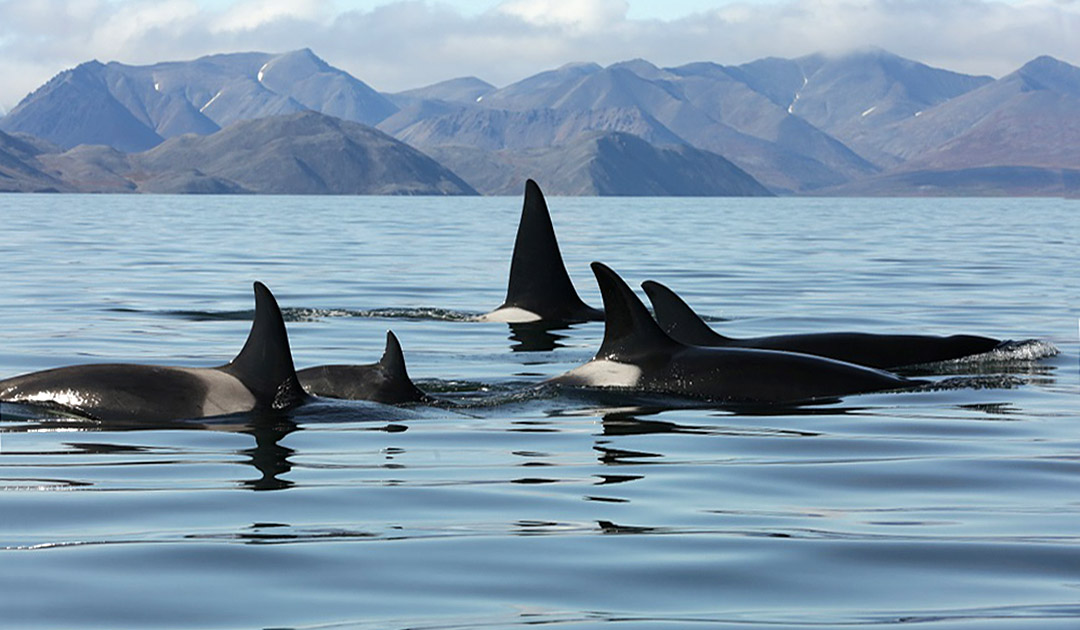
To protect whales, WWF Russia reports that shipping in the Bering Strait and narrow areas of the Northern Sea Route need to be restricted.
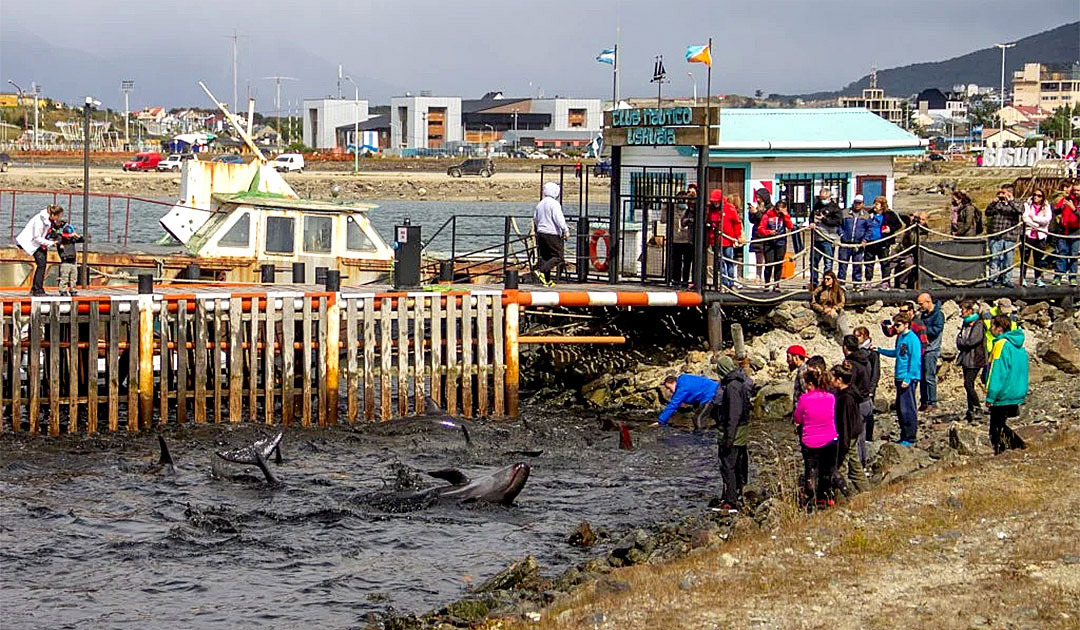
Visitors to the Ushuaia Yacht Club witnessed an unusual event. More than a dozen dolphins approached the shore and beached next to the pier.
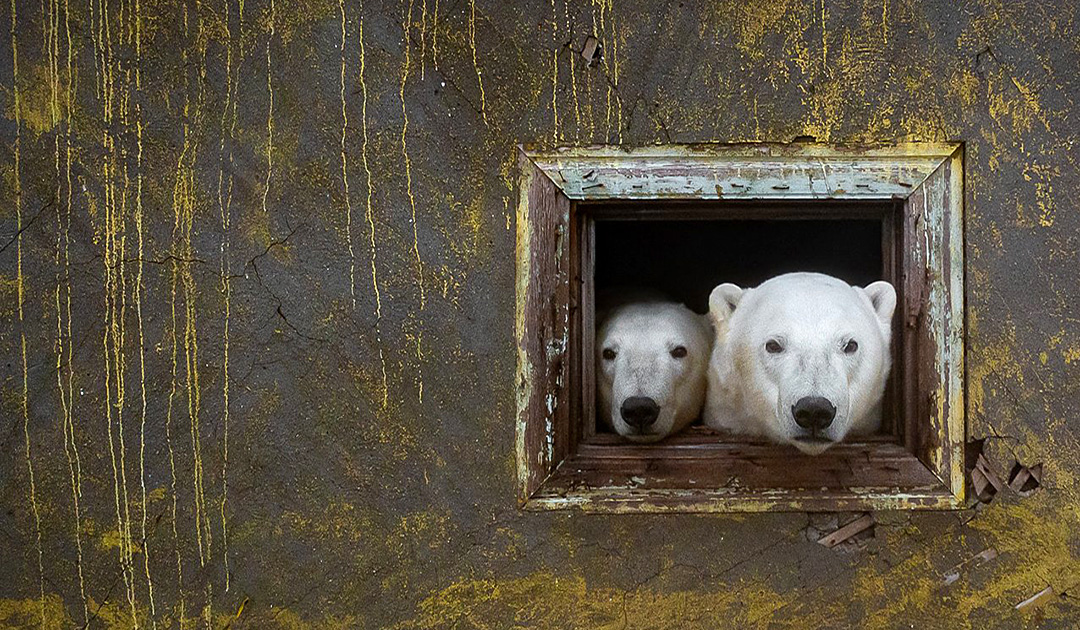
During a trip to Wrangel Island, Russian photographer Dmitry Kokh discovered polar bears living in an abandoned weather station on Kolyuchin Island.

Around Andøya, whales can finally be seen again and the largest tour provider can bring guests closer to the gentle giants once more.
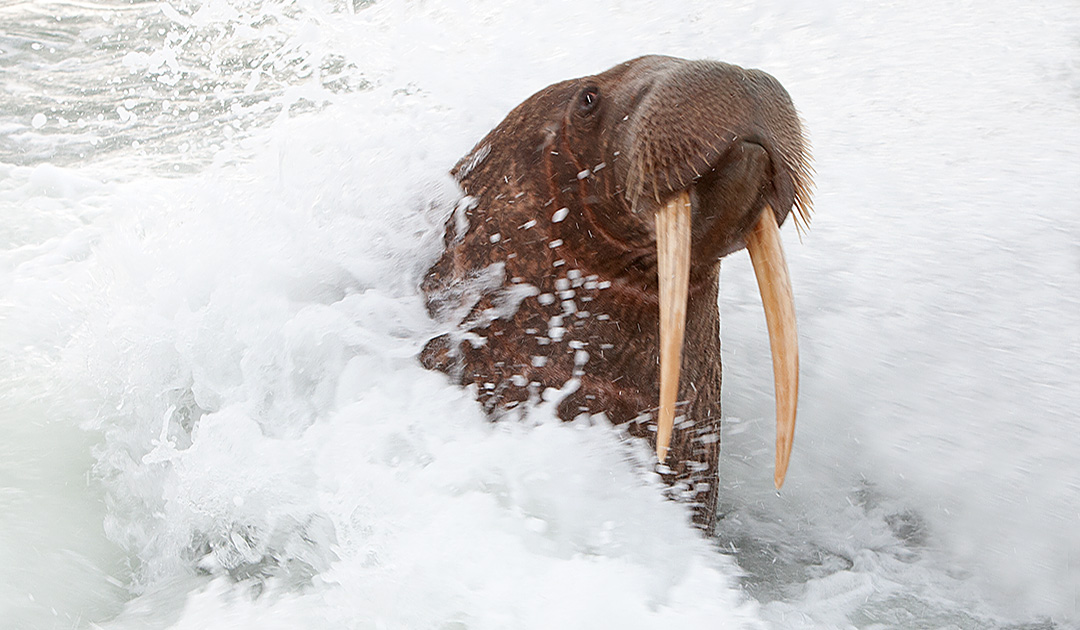
Walruses feed almost exclusively on small molluscs. How do they get them out of the sea floor? With their tusks, it was assumed for a long time. Not true.
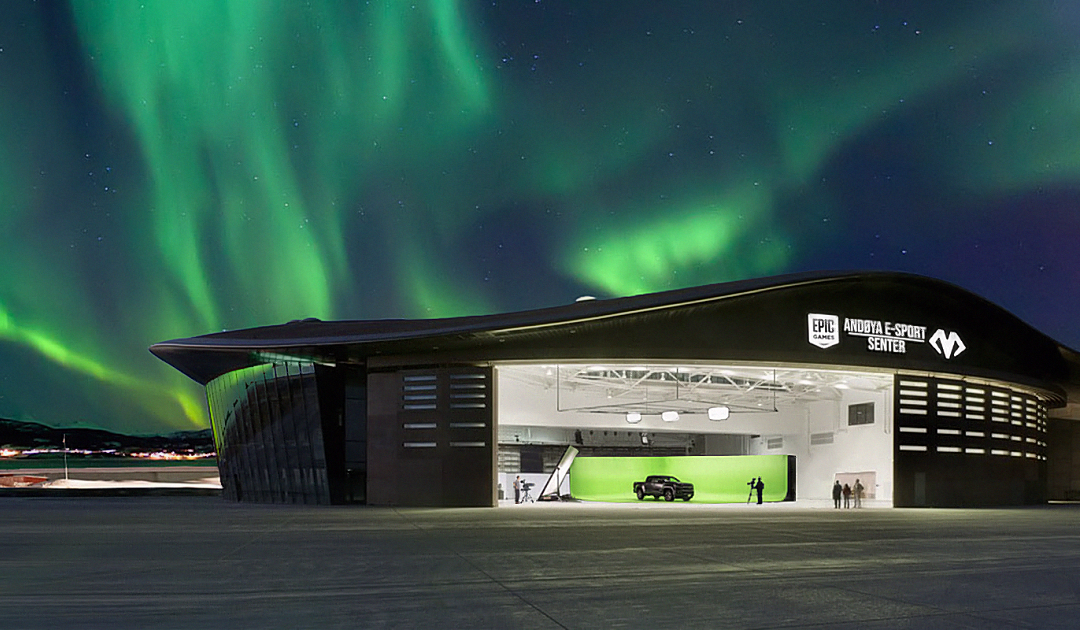
Europe’s largest center for virtual worlds and e-sports is to be built on the northern Norwegian island of Andøya.

A unique project by the Austrian Polar Research Institute APRI aims to combine measurements from the last Wegener expedition in 1929-31 with comparable modern measurements at the same locations in Greenland.
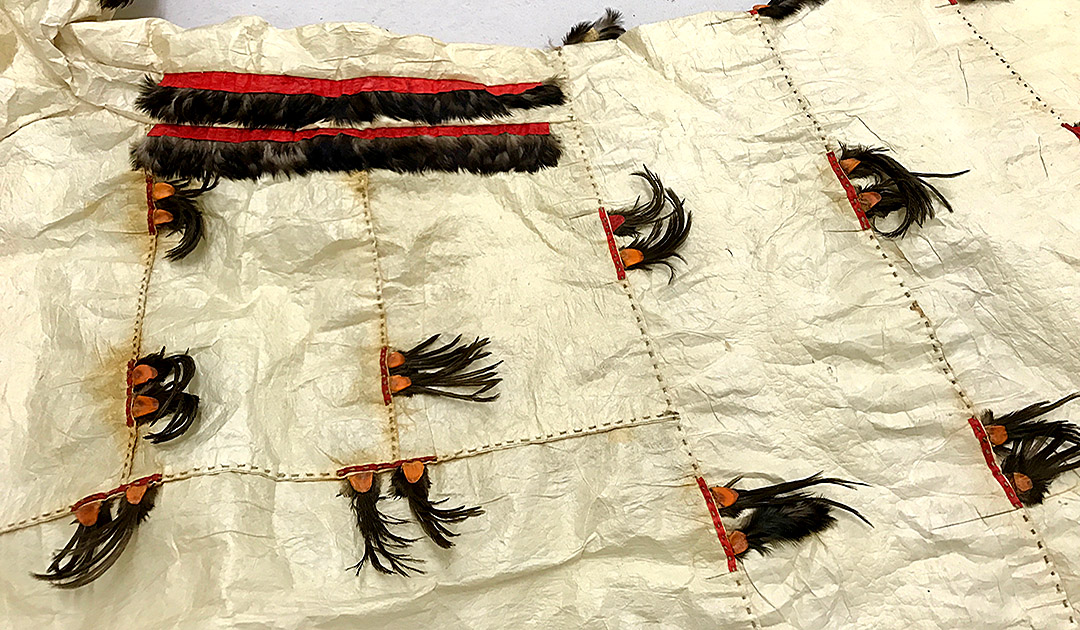
When you think of the Arctic, you automatically think of warm clothing. And of course this is vital. But clothing in the Arctic also has to meet other criteria.

Russia is exploring ways to adapt the harvest of agricultural crops in the Arctic to improve the food security for the population there.
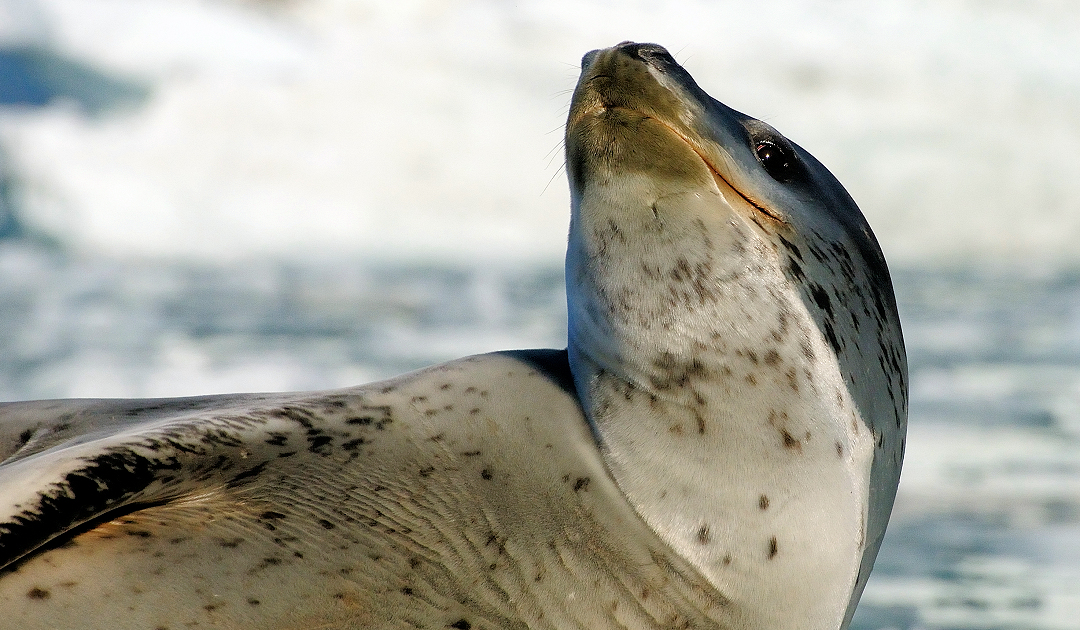
In New Zealand waters, leopard seals do not appear to spurn sharks as prey, researchers have found.
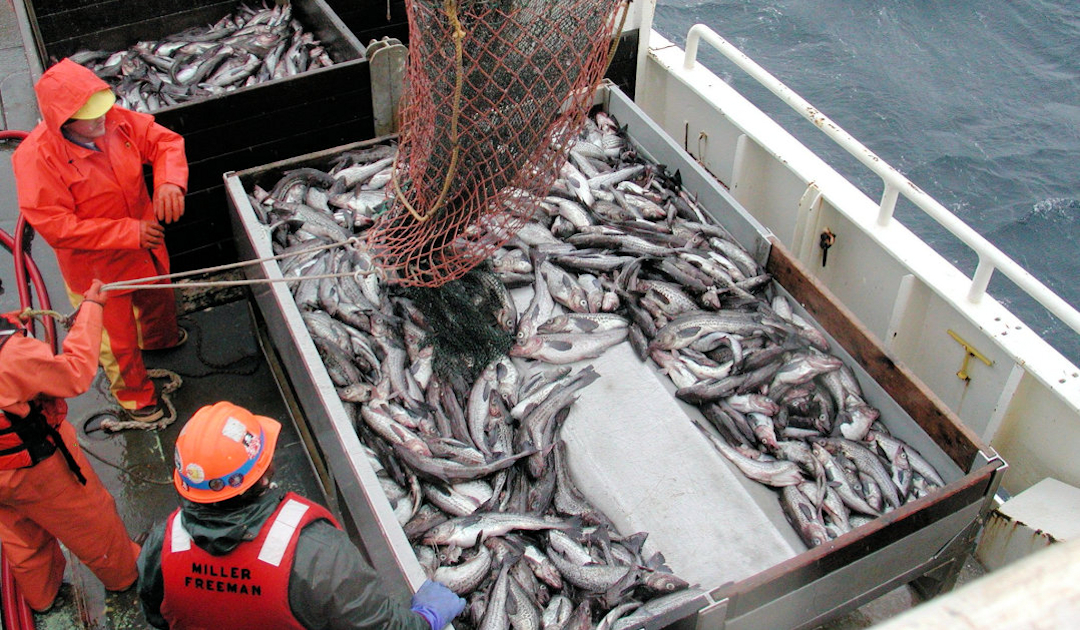
With an opening Arctic Ocean, Joint scientific efforts and new approaches in fisheries management may lead to the significant reinforcement of the existing governance complex.

Arctic wildlife, which is specialized for surviving in snow and ice, will likely have to adapt to wetter conditions in the future, and the question remains whether they can.
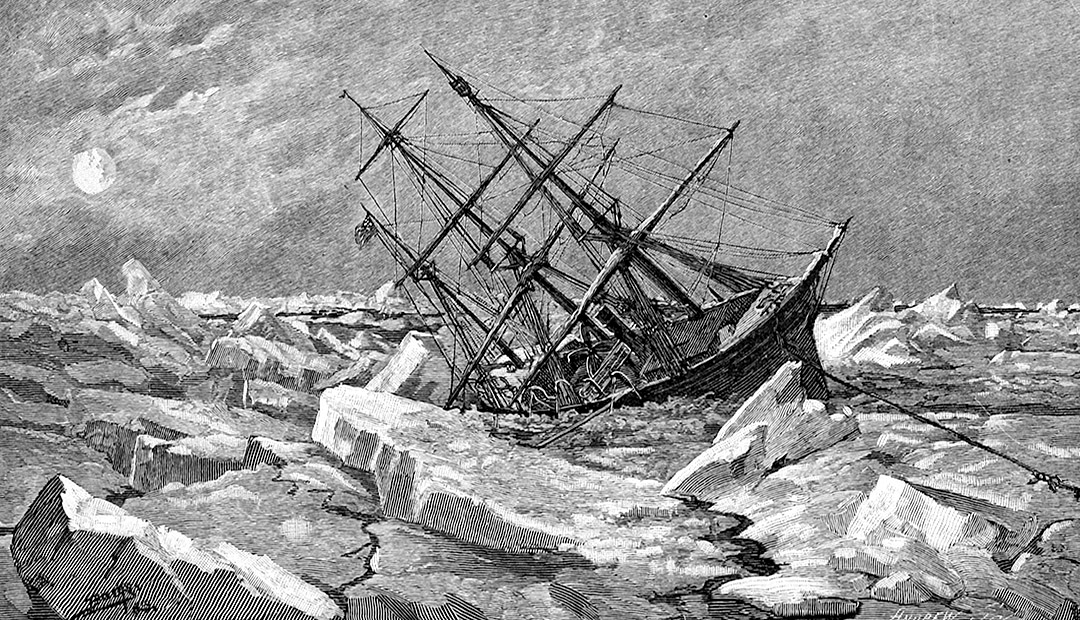
Captain George DeLong and his brave men will finally conquer the North Pole and they will also prove that the North Pole is an open, warm sea.

China plans to build a heavy duty icebreaker within the framework of its Polar Silk Road. Guest author and Arctic expert Katya Uryupova explains what this new plan means for China and the Arctic.